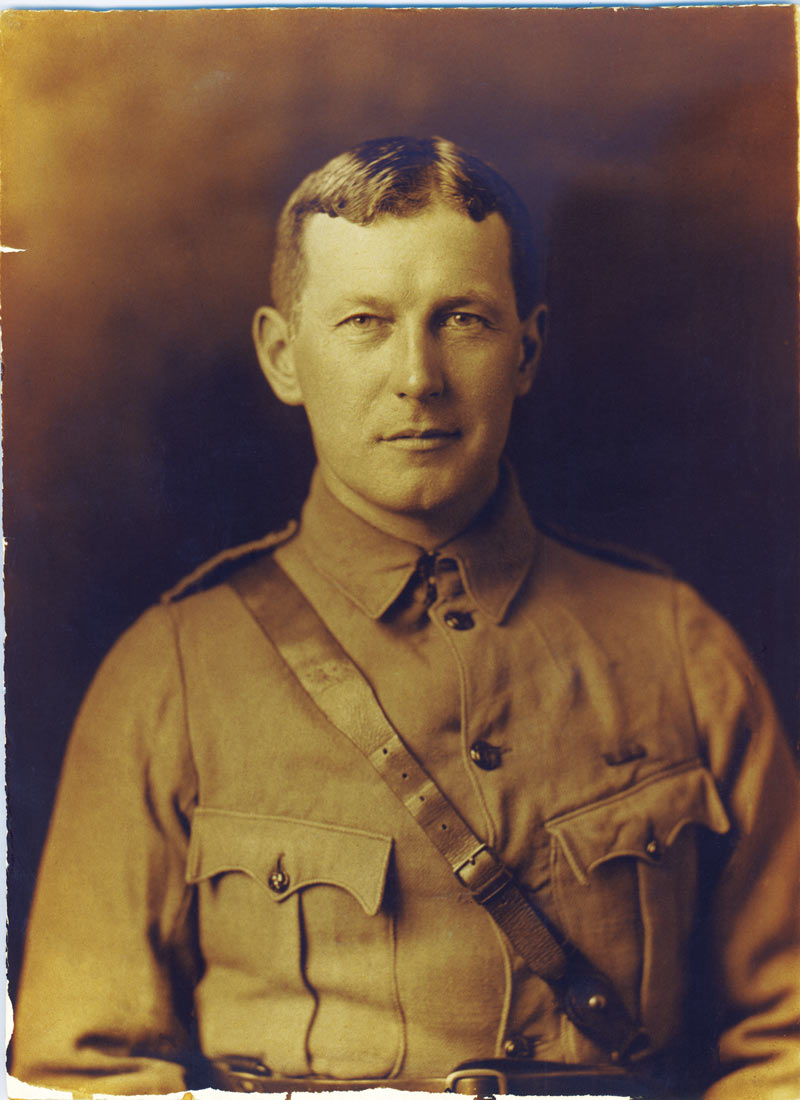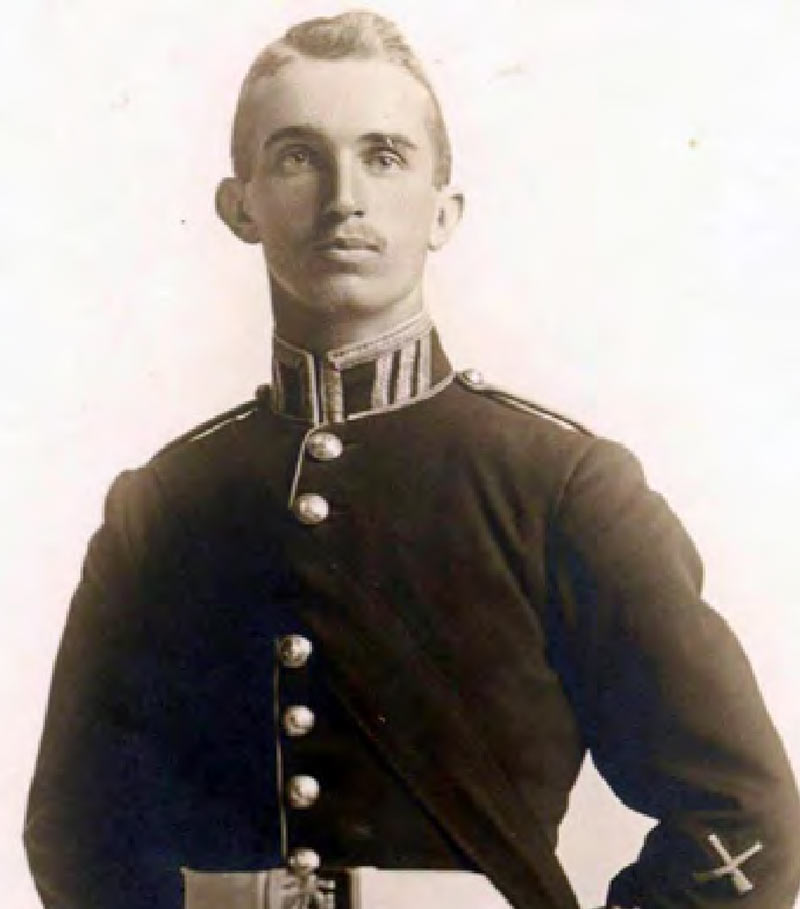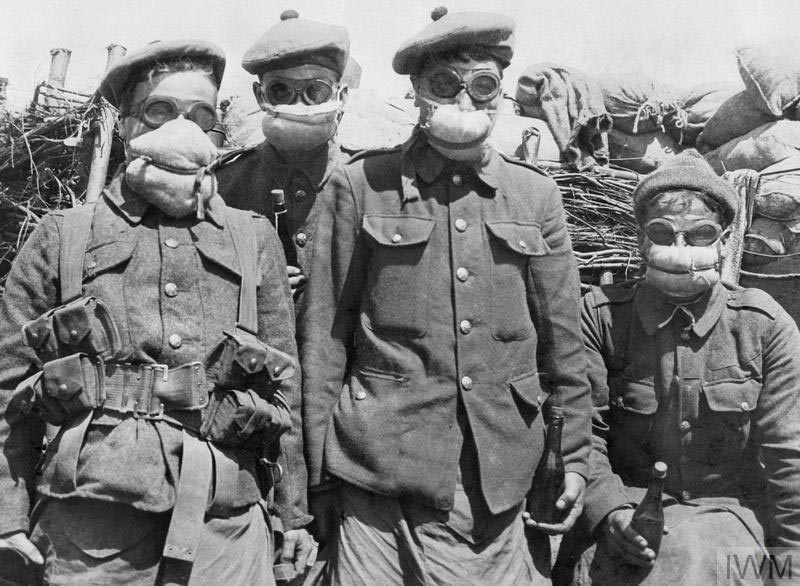
John McCrae [Wikipedia]
McCrae, also a major and second-in-command of the 1st Canadian Brigade during the First World War, would go on to write “In Flanders Fields,” a poem that transfixed a nation and transformed the poppy into a symbol of remembrance.
While many forget McCrae’s lifelong excellence as a clinician and veteran, even less is known about the soldier whose funeral inspired his iconic poem. That soldier was Alexis Hannum Helmer, a 22-year-old lieutenant of the 1st Brigade, Canadian Field Artillery, who died on May 2, 1915.

Lieutenant Alexis Helmer for his RMC Class of 1912.[Wikipedia]
Influenced by his family’s rich military history, Helmer spent four years at the Ottawa Collegiate Institute (OCI) before attending the Royal Military College in Kingston, Ont., in 1909. With a quiet disposition, solid work ethic and athletic prowess, he graduated in 1912 and later enrolled as an applied science student at McGill University in Montreal, completing his course in railway engineering two years later. It was there that he met McCrae, then a middle-aged professor. Their quick friendship would later transfer into wartime camaraderie.
“I am really rather afraid, but more afraid to stay at home with my conscience.”
In April 1915, McCrae and Helmer voluntarily enlisted, joining the ranks of 18,000 soldiers from the First Canadian Division to traverse to Ypres, Belgium.
While the young Helmer was seemingly ready to fight the good fight, McCrae, 41, was not without his reservations.
“I am really rather afraid, but more afraid to stay at home with my conscience,” McCrae wrote to a friend.
Still, they made their journey overseas, with their unit the first Canadian one to see action in France during the war. Meanwhile, the amiable Helmer became popular among his fellow troops, earning the nickname “Prince.”
“[Helmer] earned high commendation for gallantry and devotion to duty,” an obituary from the OCI noted.
The Second Battle of Ypres started on April 22, and the 1st Canadian Brigade joined a day later. The soldiers would endure six brutal weeks, which included the war’s first large-scale gas attacks. With their artillery batteries set up about two kilometres north of Ypres, Helmer and another lieutenant decided to check one of them on a Sunday morning.
But before they had gone any distance, a German shell hit, killing Helmer on May 2, less than two months before he would turn 23. Helmer became one of the first OCI boys to die while serving.
“The general impression in my mind is of a nightmare,” McCrae wrote to his mother. “And behind it all was the constant background of the sights of the dead, the wounded, the maimed, and a terrible anxiety lest the line should give way.”
With the brigade chaplain absent, McCrae held Helmer’s burial service himself, even writing a few lines of what would become “In Flanders Fields” at his grave. Helmer’s remains were buried, along with a photograph of his sweetheart, his fiancée Muriel Robertson.
While a wooden cross initially marked Helmer’s grave it—along with the graves of 54,896 other soldiers—was destroyed and lost to further battles.
But his legacy lives on silently through McCrae’s poem, which became globally renowned within a year and helped to sell $400 million in war bonds in 1917.
As Helmer’s OCI obituary states: “…he displayed the highest qualities of young Canadian manhood and has left a record of which his old school may be proud.”

Men of the 2nd Battalion, Argyll and Sutherland Highlanders, wear respirators—a pad of cotton waste enclosed in muslin—in 1915.[IWM/Q 48951]
Advertisement





















